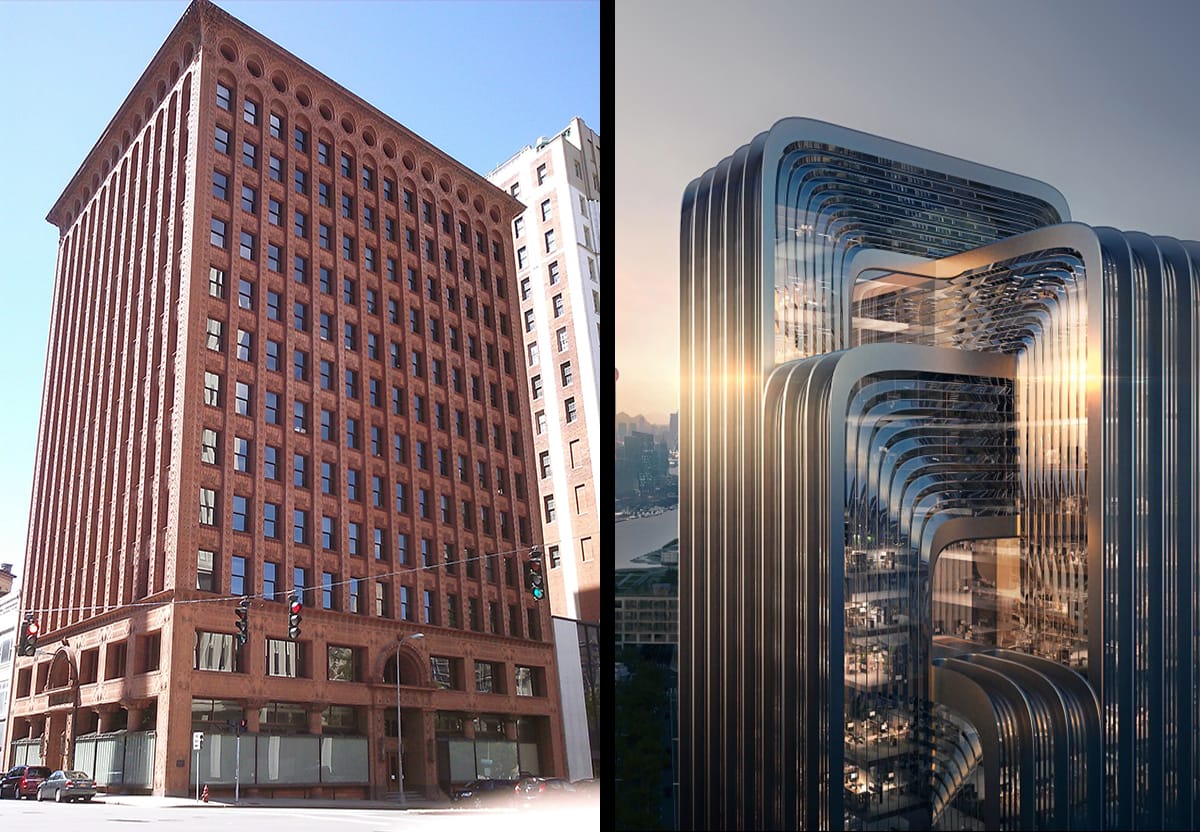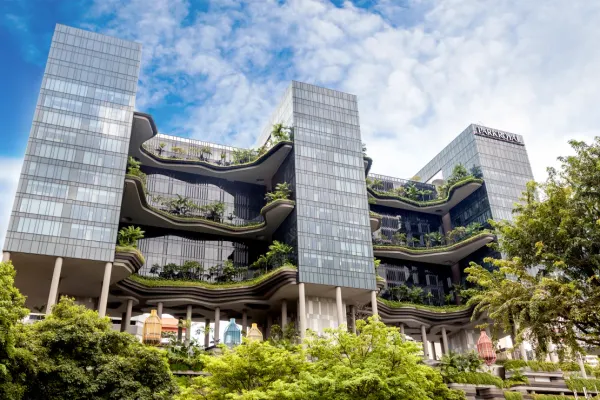Aesthetics or Functionality?

For the longest time, there has been a discussion in the architecture and design world. People have been wondering whether design should be all about beauty and aesthetics, or whether practicality should take precedence. However, in my opinion, I think the two can coexist beautifully. Let’s look into this further.
According to Elizabeth Peacock, “Functionality in building design refers to how well a structure serves its intended purpose. This encompasses everything from the layout of spaces to the building’s structural integrity, energy efficiency, and ease of use” (Peacock, 2024). If someone designs a home that is beautiful, but doesn’t have stairs or a lift to access the second floor, that is a home that isn’t functional but just pleasing to the eye. Apart from building aesthetics, think about even electronics, they could be designed to look really good, but if it has extremely poor battery health, the functionality has absolutely failed. More importantly, functionality makes sure that people are safe, structures such as bridges and hospitals have very strict guidelines they need to meet and without those guidelines being made, it can actually cause severe damage and death. As an architect, I can’t just design a hospital cause I think it looks aesthetic, I have to follow certain guidelines.
On the flip side there is aesthetics, which is considered, “the appearance of architecture, and that includes prominently the visual appearance of architecture, outward and inward, the outside and inside”(Viesulas, 2019). People naturally gravitate towards beauty which is why cities with aesthetically pleasing urban planning tend to have more of a communal feel than others that don’t. The materials you use on a building have a lot to do with how the building is perceived, a prime example of this is perception of concrete buildings in a city that builds with a lot of it like in Figure 2. During Viesulas interview, he says “In some cases, the aesthetic appearance of a concrete building is one of refinement, precision, and high skill. In another social setting, the aesthetic appearance is one of crudeness, unskilled labour or construction, for example. What this reveals to us very strongly is the way in which the aesthetic appearance is again absolutely inseparable from a kind of social and economic context within which it is bound up” (Viesulas, 2019). This comes to show that aesthetics plays a big role in influencing people to live there or not, so as architects, we need to be aware of this and implement accordingly.
I personally think that the best designs integrate both aesthetics and functionality. When you read Georgian London by John Summerson, he vividly describes a Georgian terrace built under the Act's standards as "simply one damned house after another”. He is talking about functionality without aesthetics creating a repetitive atmosphere, while in The Deliberative Practices of Aesthetic Experience: Reconsidering the Moral Functionality of Art, he emphasizes that engaging with art’s aesthetic qualities can grow moral deliberation and community building, suggesting that aesthetics have a role in shaping ethical and social values. This has reinforced my opinion because I now understand that aesthetics combined with functionality plays a bigger role in shaping human interactions and values. However, at the end of the day, it all comes down to context, for example if a hospital is being designed, functionality should take precedence, followed by aesthetics. A well-balanced approach makes sure that spaces are not only practical but also are an experience to those who visit.
Sources:
Choi, K. J. (2009). The Deliberative Practices of Aesthetic Experience: Reconsidering the Moral Functionality of Art. JOURNAL- SOCIETY OF CHRISTIAN ETHICS, 29(1), 193–218.
Peacock, E. (2024, August 26). The intersection of functionality and aesthetics in modern building design. MLDG. https://www.mldg.com.au/blog/blueprint-to-success-how-detailed-drawings-transform-brisbane-home-builds-3pb4e-ere26
Summerson, J., & Colvin, H. M. (2003). Georgian London / John Summerson ; edited by Howard Colvin. Yale University Press.
Temp. (2023, August 10). Functional design vs aesthetics: Striking the right balance. HCA. https://hcarchitects.co.uk/functional-design/
Viesulas, R. (2019b, July 17). Architecture and aesthetics. Five Books. https://fivebooks.com/best-books/architecture-aesthetics-timothy-hyde/
List of Figures:
Figure 1 - Hawkins, A. (2020, September 3). Architecture: Form, function, and object [Photograph collage]. Life of an Architect. https://www.lifeofanarchitect.com/architecture-form-function-object/
Figure 2 - Historic England. (2022, September 22). The Tricorn Centre. [Photograph]. Heritage Calling. https://heritagecalling.com/2022/09/22/a-brief-history-of-reinforced-concrete-buildings-in-england/
Figure 3 - Illustrarch. (n.d.). [Photograph of a modern architectural building]. In Creating beautiful and functional buildings. https://illustrarch.com/articles/15365-creating-beautiful-and-functional-buildings.html




